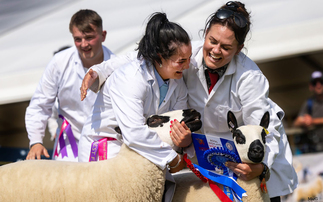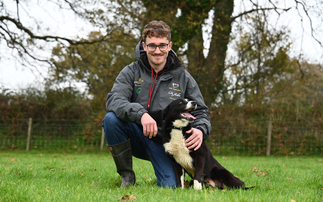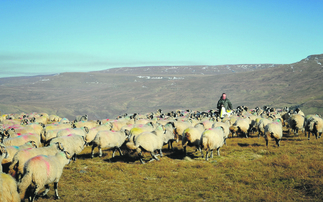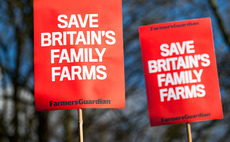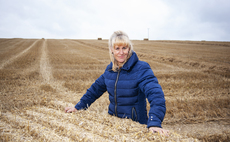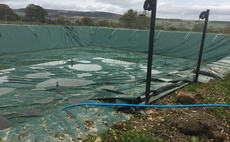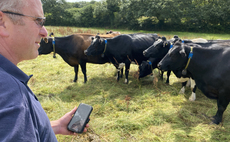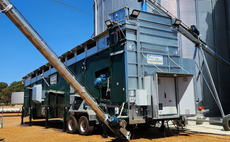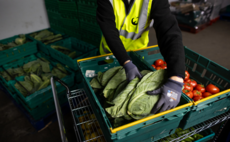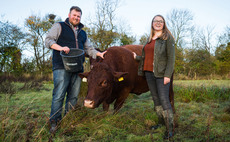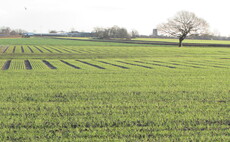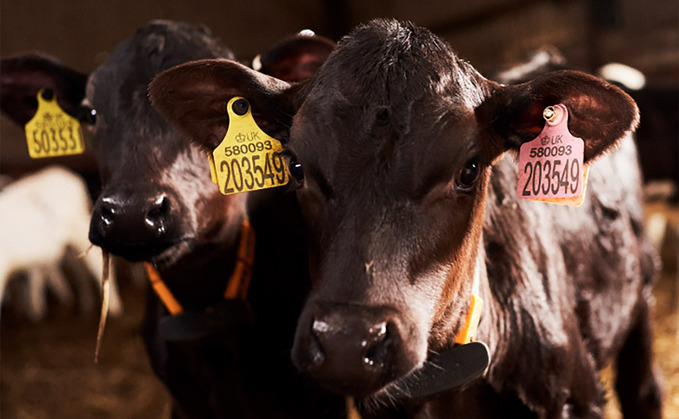
High frequency electronic tagging is ‘essential' for the future of the livestock industry.
That was the message from the president of the Institute of Auctioneers and Appraisers (IAAS) Alan Hutcheon, as he met with John Lamont, Under Secretary of State for Scotland to demonstrate how it could revolutionise the industry.
Scottish Government was due to announce a date for the compulsory use of ultra-high frequency (UHF) tags in the beef supply chain.
Mr Lamont said it was essential for the future.
Data
"Having a single source digital database of all cattle movements will improve the efficiency and traceability across the supply chain, reduce the administrative burden that surrounds it and enhance animal welfare and staff safety," he said.
See also: A global shortage of vets
"It also has the potential to help reduce red tape around exports and manage disease outbreaks."
He added to appreciate the savings in time and management, and the health and safety of those working in marts, it was crucial to see it in action.
"The reader can quickly record numerous animals at a safe distance. It us quick, it reduces the cross checking and paperwork, and it instantly creates easy traceability throughout the supply chain."
ANM has been working closely with ScotEID, which is developing the technology, to trial UHF electronic tagging in a commercial situation in conjunction with farms and abattoirs.
ANM has seen significant efficiencies, including in the administration of paper passports. While low frequency tags are widely uses, there was still some resistance from farmers and marts to invest in the UHF technology until there was commitment from Scottish Government.
Mr Hutcheon added: "Paper passports are costing tens of thousands of pounds to produce every year. If we could redeploy these government funds to support farmers and marts in the uptake of ScotEID, it would significantly support the industry to modernise and be more efficient, traceable, and less costly for all."









